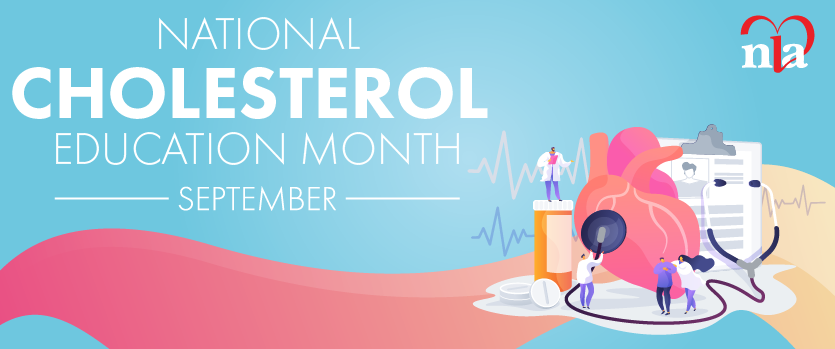It is with great pleasure that we bring you this issue focusing on Clinical Conundrums in Special Populations. As Dr. Ito mentions in his Presidents Message the NLA has been very busy this year. In an effort to help clinical lipidologists we convened a panel of Clinical Lipidology experts to provide guidance given the plethora of guidelines now available regarding management of dyslipidemia. Our draft document posted on the website on May 2 addresses recent guidelines and how to use them from the perspective of a Clinical Lipidologist. We have taken the position of helping simplify the approach to management and have summarized and provided our perspective in contrast to recent American College of Cardiology (ACC), American Heart Association (AHA) and International Atherosclerosis Society (IAS) guidelines which we hope will be very useful for people taking care of patents with lipid disorders. We have aimed to help practicing health care providers move forward in a time when guidelines differ even after reviewing much of the same evidence. We believe that population inference is important and the guidelines that have recently emerged do a good job of giving readers opinions for best management for average patients presenting with average yet different risk status. We believe that no patient is average and each management decision needs to be informed by best evidence, clinical experience and patient values. Our plan is to provide more guidance for special populations in further panel discussions. Most of the systematic literature reviewed providing basis for the ACC/AHA and IAS approaches data is reviewed for persons over 40 years of age. Younger subjects and women, particularly pregnant women or those at risk for pregnancy, tend to be excluded, even if they have substantially elevated modifiable risk factors and are consequently at high lifetime risk or their offspring is at higher lifetime risk. Evidence is accumulating that long term exposure to CVD risk factors drives atherogenesis and that early treatment can modify disease evolution and risk of future CVD events. This represents an opportunity for ‘investment’ in future cardiovascular health. We are pleased to provide several approaches to special population in this issue. We are delighted that Neil Stone, MD, the first author on the recently published 2013 ACC/ AHA guidelines, has given us a wonderful example of how to individualize the ACC/ AHA approach.
We are also pleased to see efforts for management for persons who are not specifically addressed by these guidelines. As always we welcome diverse opinions and fully recognize that there are divergent approaches to interpreting best evidence and using it individually. This requires best clinical judgment and no amount of past experience or collection of past experiences can substitute wholly and exclusively for the exercise of good clinical judgment.
With this in mind we hope you enjoy the different approaches taken in the articles in this issue. We also look forward to your input and we do hope you will comment on the draft document posted on the NLA website. Viva la differences.





.jpg)
.png)











